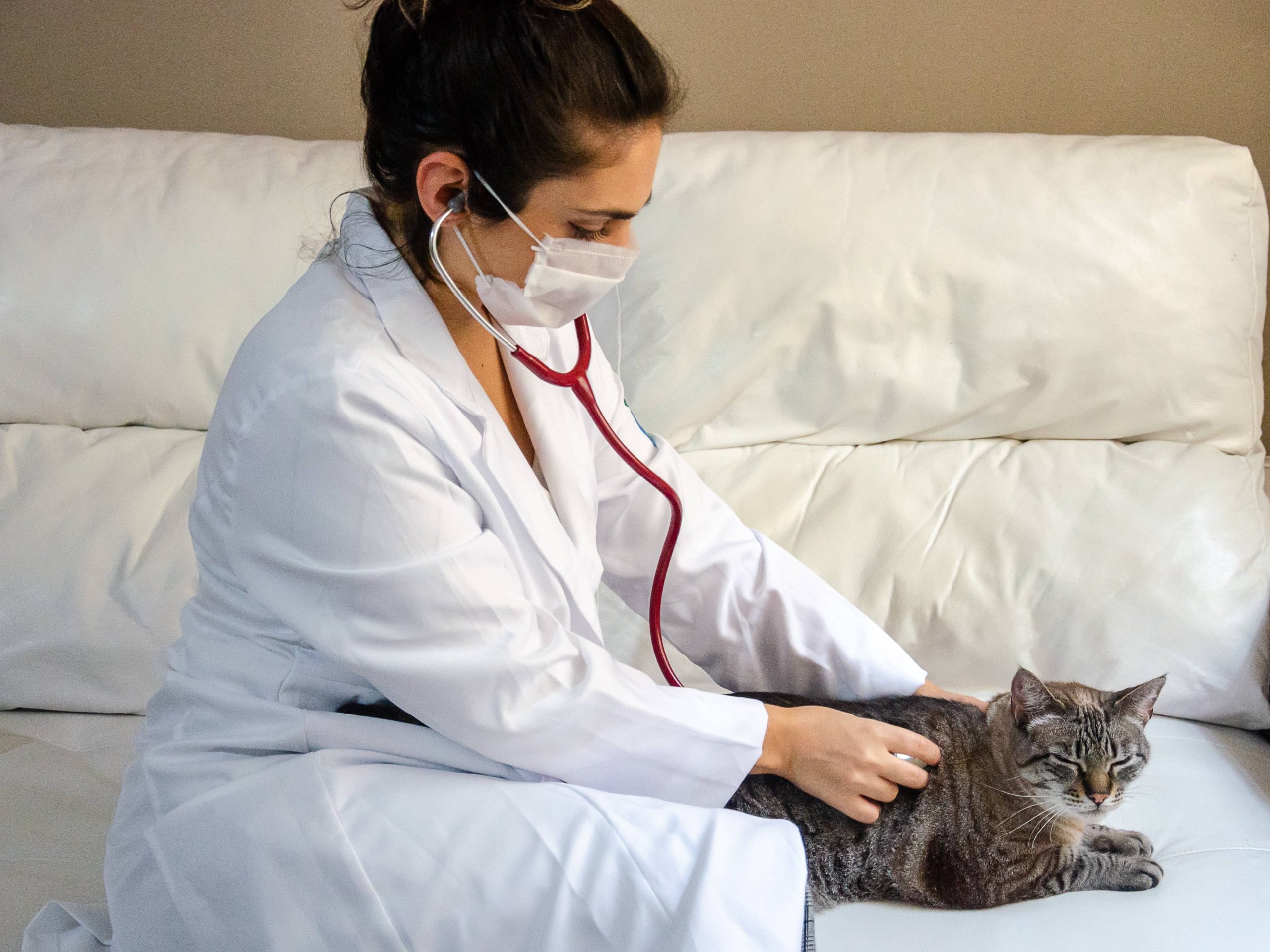
As a devoted pet owner, you’re probably constantly seeking ways to enhance the well-being and longevity of your feline friend or canine companion. One significant area of consideration is their diet, which plays a crucial role in their overall health. Among the numerous dietary options available, raw food diets and kibble remain two of the most hotly debated. With passionate opinions on both sides, it can be challenging to determine the best choice for your pet. In this blog post, we’ll delve into the pros and cons of both raw food and kibble, helping you make an informed decision tailored to your pet’s specific needs.
The Raw Food Diet for Pets
Raw food diets, often referred to as BARF (Biologically Appropriate Raw Food or Bones and Raw Food), consist of uncooked meat, bones, fruits, and vegetables. Proponents argue that a raw diet is closer to what animals would consume in the wild and offers numerous health benefits.
Benefits of Raw Food Diets
1. Improved Digestion: Advocates believe raw food is more natural for pets and thus easier for them to digest. The high moisture content in raw meat can aid in hydration and digestive health.
2. Better Coat Condition: Many pet owners report a shinier, healthier coat after switching to raw food. This may be due to the higher levels of omega-3 and omega-6 fatty acids found in raw meat.
3. Increased Energy Levels: Some pets exhibit increased vitality and energy on a raw diet, potentially resulting from more bioavailable nutrients and fewer processed ingredients.
4. Dental Health: Chewing raw bones can help clean teeth and reduce plaque buildup, promoting healthier gums.
Risks and Considerations
1. Bacterial Contamination: Raw meat can carry harmful bacteria such as Salmonella and E. coli, posing a risk to both pets and humans. Proper handling, sourcing, and storage are critical to minimize this risk.
2. Nutritional Imbalance: Ensuring a raw diet is nutritionally complete requires careful planning and supplementation. An unbalanced diet can lead to deficiencies or excesses in essential nutrients.
3. Choking Hazards: There is a risk of choking or intestinal blockage from bones, especially if they splinter.
4. Cost and Convenience: Preparing raw meals can be time-consuming and expensive, which may not be feasible for all pet owners.
The Kibble Diet for Pets
Kibble, or dry pet food, is perhaps the most widely used option among pet owners. It is convenient, cost-effective, and available in various formulations to suit different dietary needs.
Benefits of Kibble
1. Accessibility and Convenience: Kibble is easy to store, measure, and serve, making it a convenient option for busy pet owners.
2. Nutritional Balance: Many commercial kibbles are formulated to meet the comprehensive nutritional requirements of pets, ensuring they receive all essential nutrients without the need for additional supplementation.
3. Dental Benefits: Some kibbles are designed to promote dental health by reducing plaque buildup through mechanical abrasion during chewing.
4. Cost-Effective: Kibble is generally more affordable than raw food diets, especially when bought in bulk.
Risks and Considerations
1. Quality Variability: The quality of kibble can vary significantly between brands. Some contain low-quality fillers, artificial preservatives, and by-products. Reading labels and choosing high-quality brands is essential.
2. Dehydration: Kibble is low in moisture, and pets relying on dry food need to drink more water to stay hydrated. This can be a challenge for some pets, particularly cats.
3. Digestive Issues: Some pets may develop digestive issues or allergies to certain ingredients in kibble, such as grains or specific proteins.
4. Less Natural: Critics argue that kibble is heavily processed and less natural than a diet of whole, raw foods, potentially leading to long-term health issues.
Making the Best Choice for Your Pet
Determining whether a raw food diet or kibble is best for your pet ultimately depends on their individual needs and your ability to provide a balanced and safe diet. Here are some tips to help you make an informed decision:
1. Consult Your Veterinarian: Your vet can offer personalized advice based on your pet’s specific health needs, age, breed, and lifestyle. They can recommend appropriate kibble brands or help formulate a balanced raw diet.
2. Monitor Your Pet’s Health: Regardless of the diet you choose, regularly monitor your pet’s weight, coat condition, energy levels, and overall health. Adjust their diet as needed based on these observations.
3. Research and Quality: If you choose kibble, opt for high-quality brands with transparent ingredient lists. For raw diets, ensure you source fresh, high-quality meat and consider working with a pet nutritionist to avoid nutritional imbalances.
4. Hygiene and Safety: When handling raw food, prioritize hygiene to minimize bacterial risks. Clean surfaces and bowls thoroughly, and wash your hands after preparation.
5. Transition Gradually: If switching diets, do so gradually to prevent digestive upset. Slowly introduce new food while decreasing the old one over a week or more.
In conclusion, both raw food diets and kibble have their pros and cons. The best choice depends on your pet’s unique needs, your lifestyle, and your commitment to providing a balanced and safe diet. By staying informed and working with your veterinarian, you can ensure your furry friend stays healthy and happy, no matter which dietary path you choose.






